Other people’s noise can be incredibly annoying. If you live in an apartment block, maybe you know that feeling of wondering whether the upstairs neighbour has taken up tap-dancing at two in the morning. And if you live in a detached home, it can be your teenager’s music or a neighbour’s dog that can make you want to reach for the earplugs. The solution is soundproofing. There are several strategies you can follow. Here are 20 renovations that will help soundproof your home.
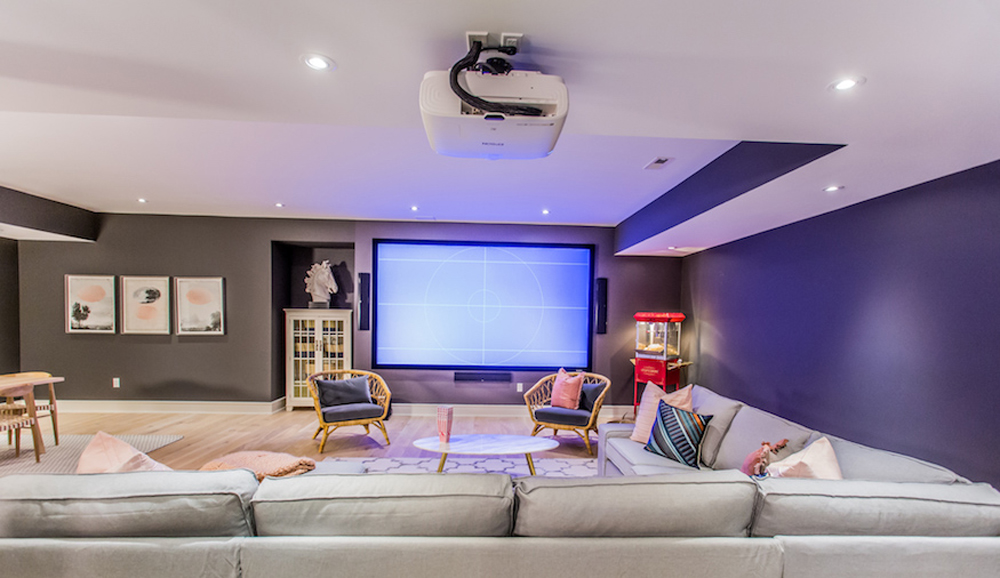
Identify the Problem Areas
The first step in finding a soundproofing solution is to know where you need to soundproof. Identify the problem areas that add noise in your home: thin walls, a window opening onto a noisy street and the like.
Related: 20 Renovation Tips to Help Seniors Stay in Their Home Longer

Fill up the Space
Of course you want to avoid the decorating mistakes that will make your home look cluttered, but minimalistic decor means that there will be more sound echoes in the room. Adding furniture and work islands will create more barriers that can absorb the sound and reduce echoes.
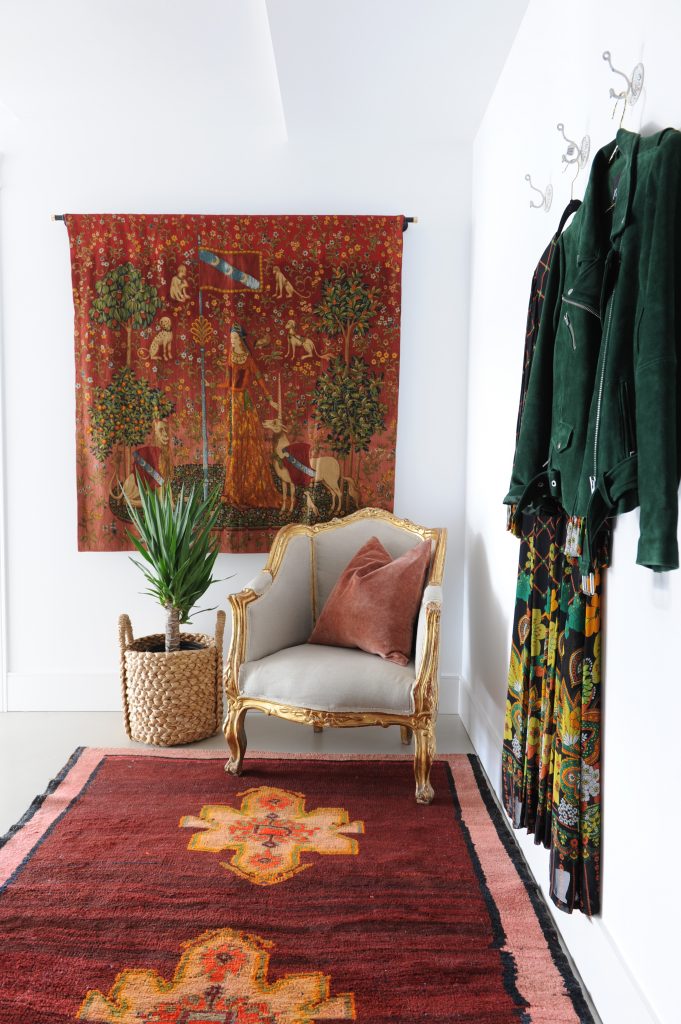
Add Soft Furnishings
While not technically a renovation, a quick fix for soundproofing your home is to add soft furnishings, since they help to absorb sound. Use heavy and dense materials such as rugs, lined curtains or cushions, for instance. Carpeting is a more drastic step that will help soundproof floors. You can also opt for something as simple as a heavy tapestry or wall hanging to help soundproof a wall.
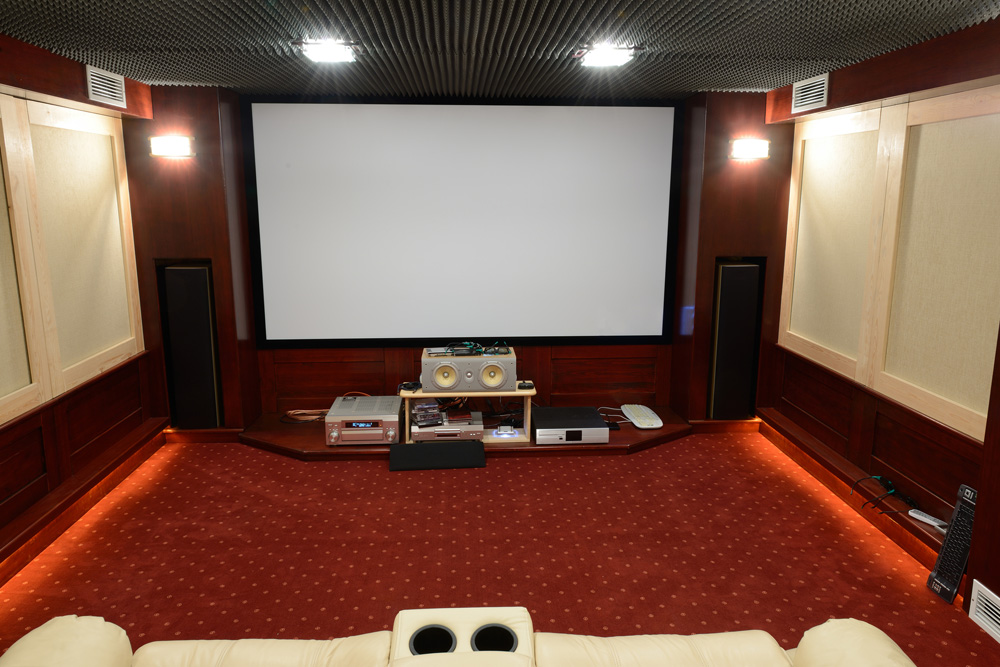
Install Acoustic Panels
Acoustic panels can reduce sound reverberation by as much as 50 per cent and are another quick fix. You can even opt for ones in striking colours and use them to decorate your walls at the same time.
Related: Awesome Living Room Wall Art That Makes a Statement: Beyond Paintings and Photos

Make Your Own Temporary Acoustic Panels
If the noise is only a problem at certain times, you can use temporary acoustic panels. They’re easy to make yourself too. Simply cover a panel of soundproof foam such as polystyrene in a fabric of your choice. The combination of different densities and thicknesses of the materials will make it more difficult for the sound to travel.

Try Sound-Blocking Drywall Panels
Instead of adding a layer of soundproofing drywall to the entire wall, you can add panels in strategic spots and make them look like part of the decor. Cut some noise-cancelling drywall into a suitable size and then cover it with wallpaper. Trim the panel with moulding.

Reconsider the Open Plan
An open-concept room may feel more spacious, but it does not make for a soundproof room. If noise is a problem in that living space, you may need to reconsider the open plan. Room dividers, bookshelves and thick curtains can help to reduce noise if you don’t want to take the drastic step of adding permanent walls.
Related: 10 Smart and Stylish Ways to Divide Your Open-Concept Living Space
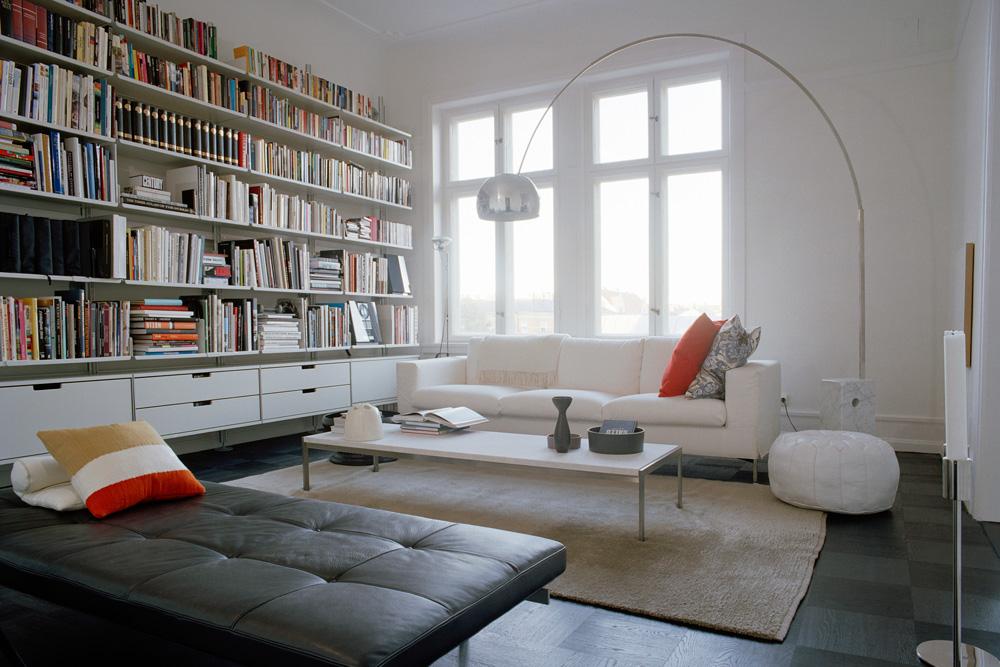
Put Barriers Against the Walls
The more layers of different densities there are for sound to travel through, the more difficult you’re making life for those sound waves. Placing some kind of barrier against the walls can help reduce noise. A large bookshelf is one solution. You can also install more permanent shelving to create an extra layer against the wall.
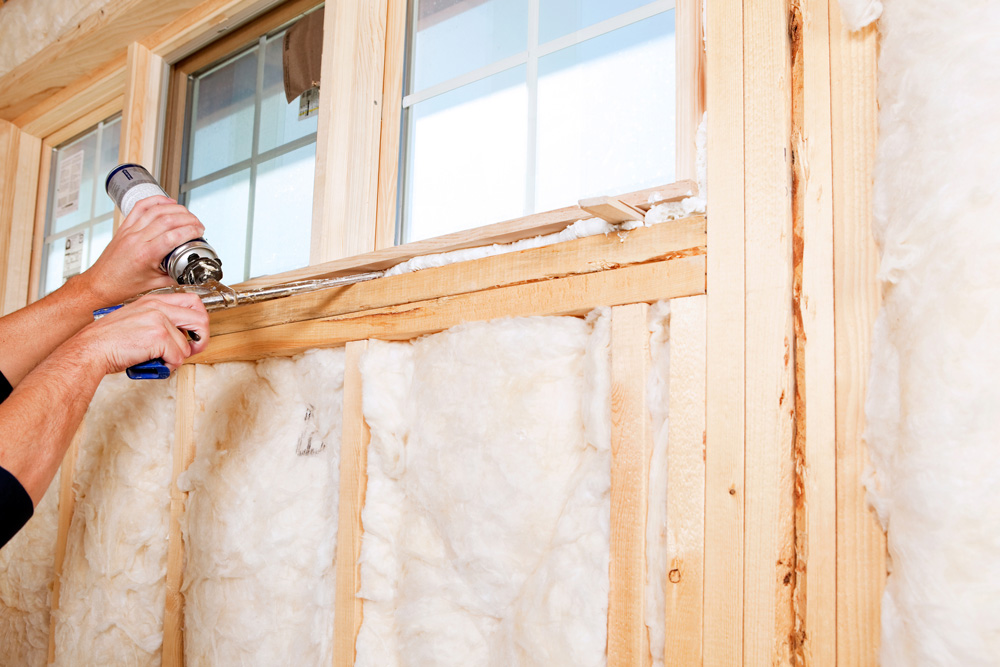
Fill in the Gaps
Noise often comes in through the same gaps where cold air comes in. Check where your house is losing heat and you’ll be able to identify some of the problem areas where noise can travel through your home too. Sealing those gaps will not only help with soundproofing, but also with insulation, eventually saving you money on your power bill.
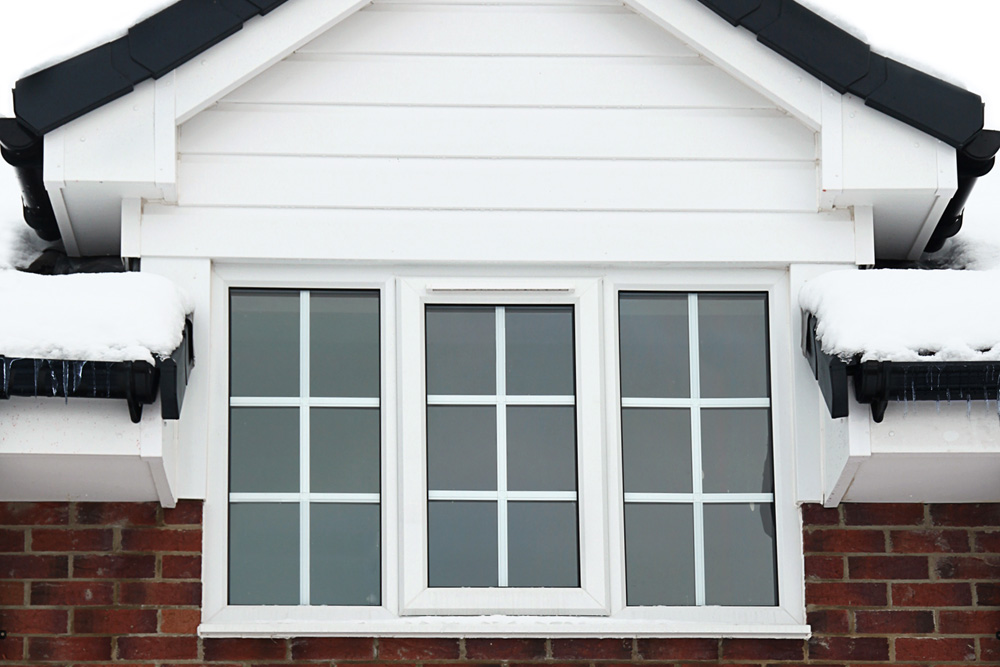
Install Double-Glazed Windows
If the problem is noise coming from outside, a good solution is double-glazed windows. This double barrier slows down the sound waves and helps keep the noise out. You may even qualify for some of the tax benefits, rebates and grants you can get for renovating in Canada because double-glazing makes your home more energy efficient too.
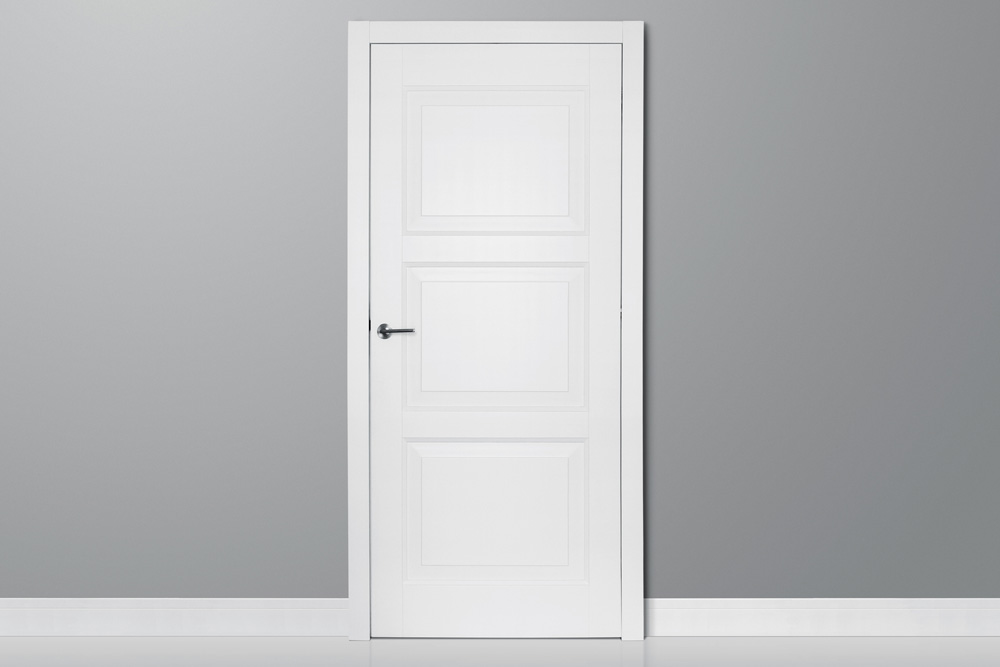
Use Solid Doors
Interior doors often have a hollow core through which sound can travel. A more soundproof door is one with a solid core that creates a thicker barrier for sound waves. It can help prevent heat loss from the room too.
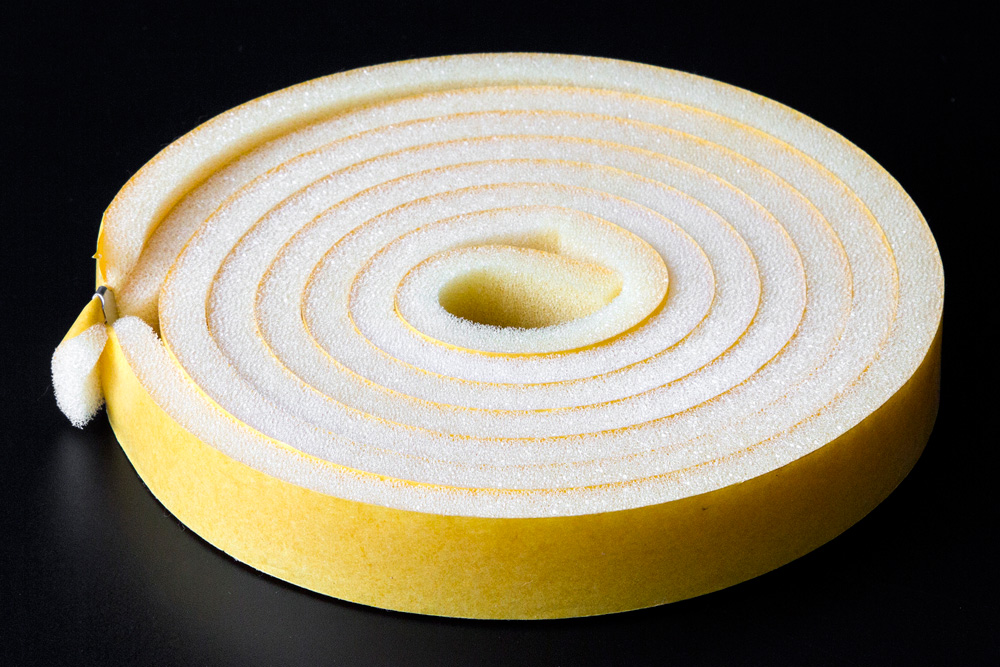
Add Weatherstripping Tape
Weatherstripping tape is a cheap way to help soundproof your home and insulate it at the same time. Apply it to the bottom of the door and you’re not only soundproofing and insulating your home, but are also keeping the bugs out.
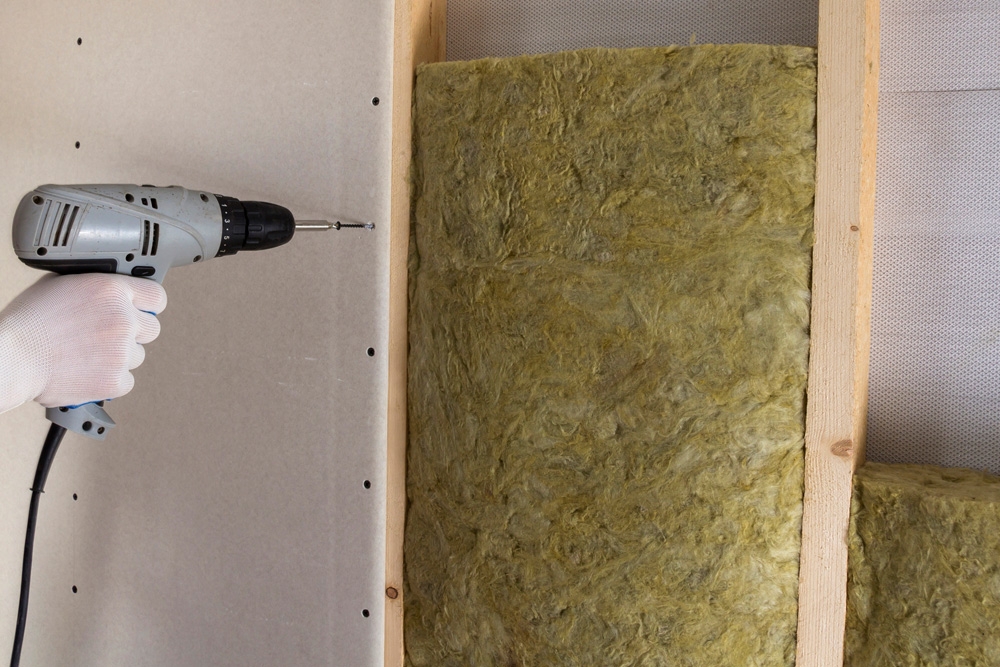
Add Extra Drywall
Adding an extra layer of drywall is one of the easier solutions if you need to take more drastic steps to soundproof the walls and ceiling. Soundproof drywall is much more expensive than regular drywall, though. If you need to add drywall on a tight budget, you may want to start with the most problematic walls or ceiling first: you don’t need to add drywall to the entire room.
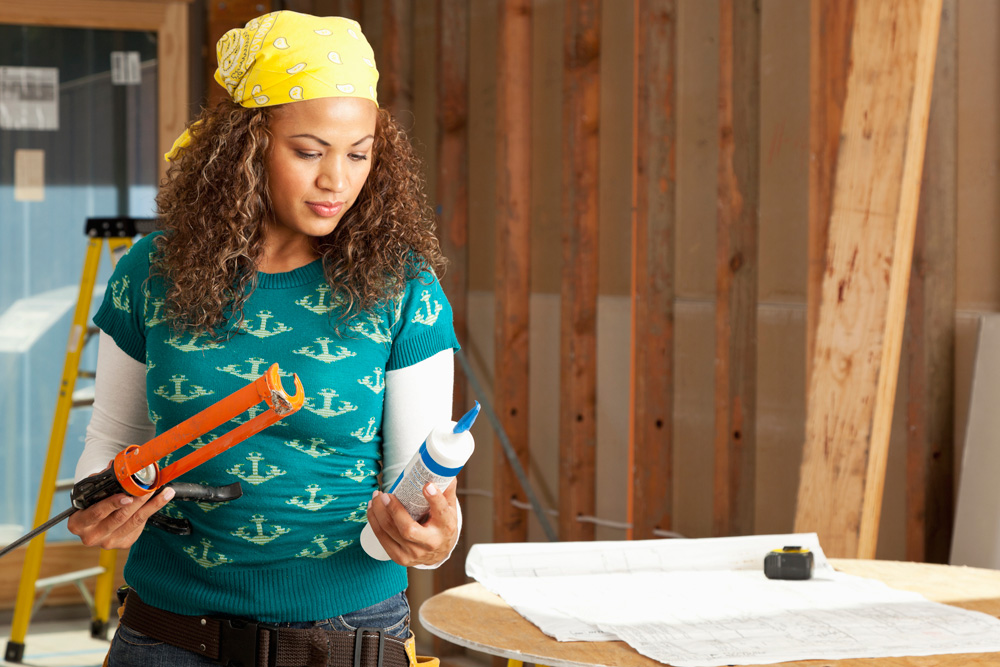
Add Acoustical Caulk
For extra soundproof insulation when you add a second layer of drywall, add beads of acoustical caulk between the two layers. This creates a soundproofing sandwich of different densities that will stop the sound waves.

Add MLV
Another material that you can add between layers of drywall for extra soundproofing is MLV (or mass-loaded vinyl). It can reduce noise by as much as 90 per cent, so it is great for rooms where you really don’t want sound to create distractions, like a baby’s room or a home office. It comes in rolls and is flexible.
Related: Sarah Baeumler’s 7 Creative Office Renovation Ideas to Boost Productivity

Add Acoustic Carpet Underlay
While carpeting already helps to reduce noise, you can soundproof your floors even more by adding an acoustic carpet underlay underneath. It is made especially for carpeting, is cheap and helps to reduce both impact and airborne noise.
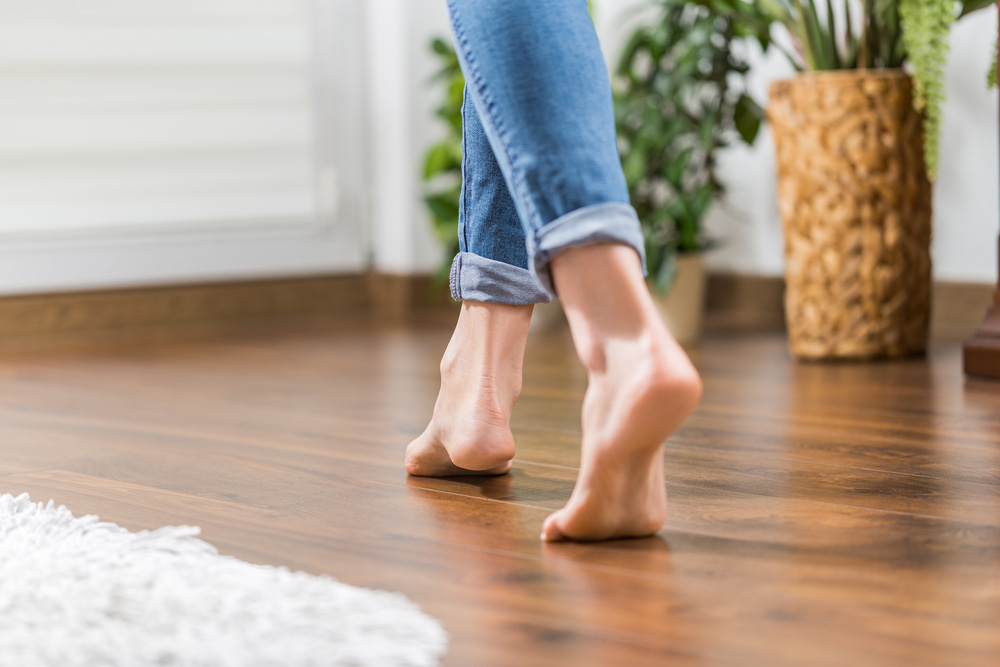
Use MLV Under the Floor
Hardwood or tiled floors look great, but are great at conducting sound. You can use area rugs to decorate and add some soundproofing at the same time but it might not be enough. One strategy for soundproofing the floor is to add a layer of MLV underneath.

Use Recycled Rubber Sheeting Instead of Cement Backer Board
When you’re installing a new tiled floor, you have the perfect opportunity to soundproof the floor at the same time. Instead of cement backer board, you can use sheeting made of recycled rubber. This comes in rolls that are usually self-adhesive too. You can also use recycled rubber sheeting under tiles, hardwood and carpets.
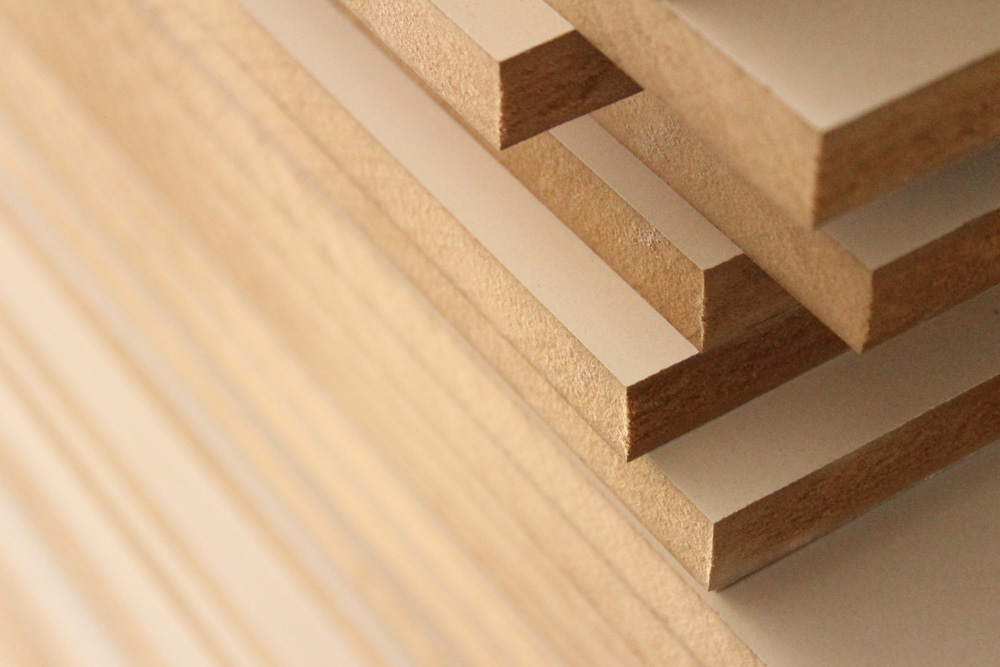
Use Heavy Sheet Goods for Flooring
If you really want hardwood flooring that makes a bold design statement, your choice of wood can make a huge difference in how soundproof the floor will be. You can use MDF plywood for sound absorption. Sound-damping plywood is a good option too, since it has an elastic layer that interrupts sound.
Related: 10 Rookie Flooring Mistakes to Avoid During Your Next Reno
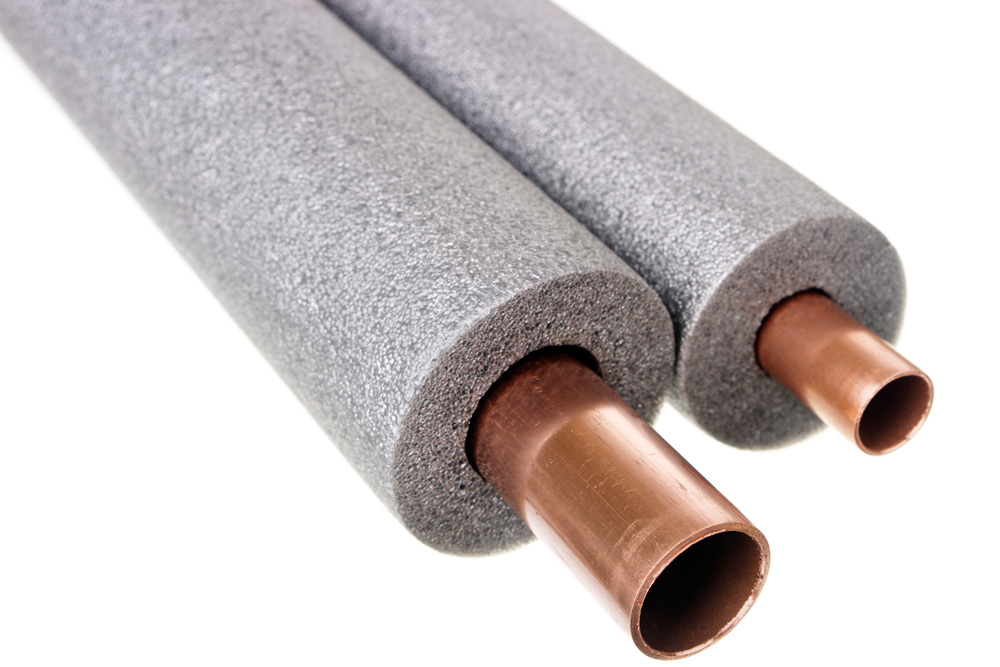
Use Adhesive Foam for Water Pipes and the Toilet Tank
The sound of water running through pipes and filling up the toilet tank can be very annoying. However, adhesive foam will go a long way in soundproofing the bathroom. Wrapping noisy water pipes in it will also add insulation and make water heating more energy efficient. For the toilet tank, simply add the adhesive foam along the inside top edges of the tank.
HGTV your inbox.
By clicking "SIGN UP” you agree to receive emails from HGTV and accept Corus' Terms of Use and Corus' Privacy Policy.





